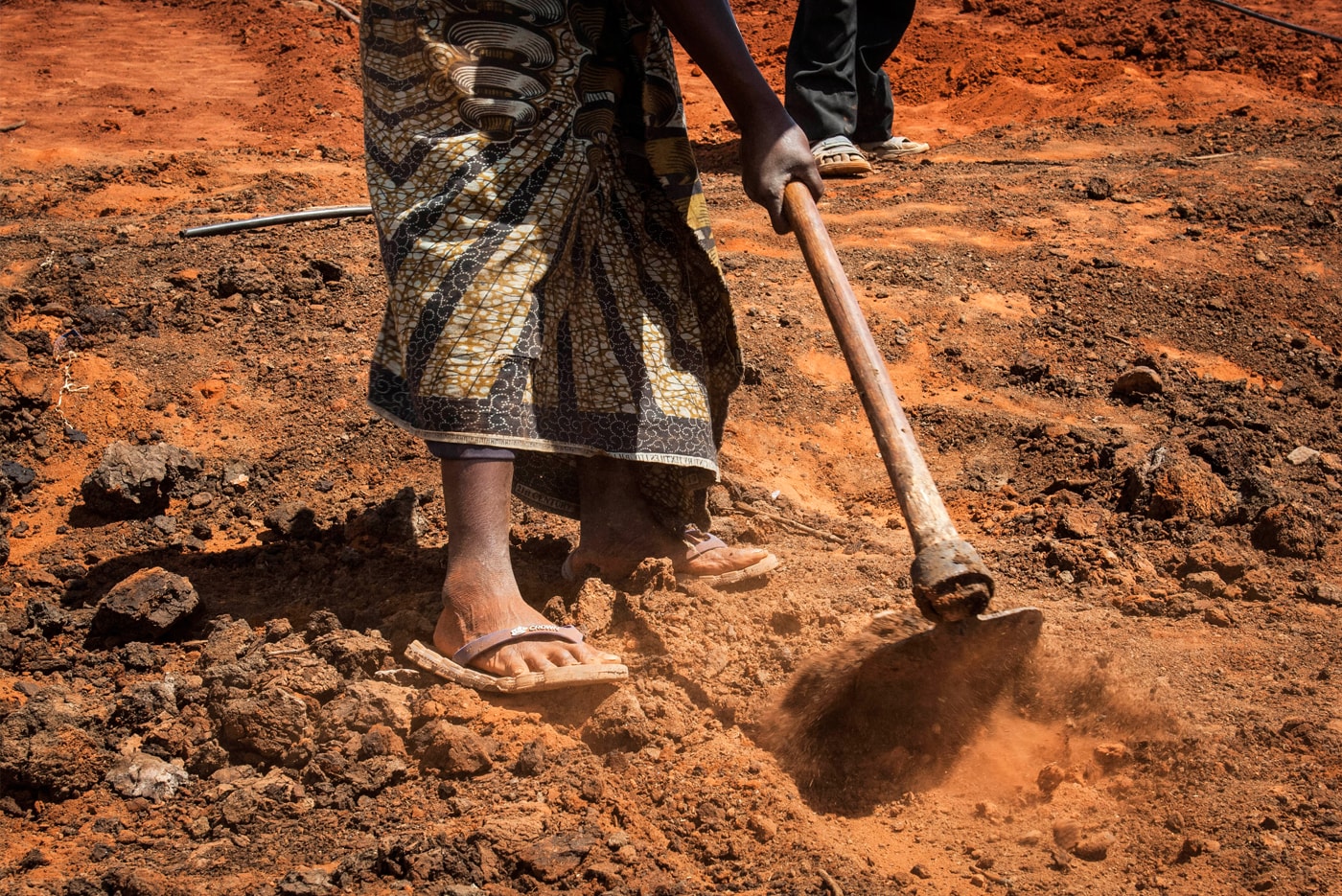Social protection complements all of the above-mentioned interventions by smoothing
transitions. Social protection programmes help the poor to access highly productive
employment by increasing access to financial resources and allowing low-income people to
take risks – for example, by adopting new production methods or starting a small business.
Constraints, such as a lack of liquidity, credit or insurance, may hinder low-income
people’s efforts to increase productivity in agriculture or in other sectors. Social
protection can address income inequality and promote more equitable and sustainable growth.
Rather than simply focus on the limitations of informal services, policymakers should also
recognize the potential of this active informal sector and facilitate the inclusion of these
services under formal contracts.
The growth of rural non-farm activities is an opportunity for poor rural households only if
they have, or can acquire, the skills needed to take advantage of these opportunities.
Strengthened Connections
In addition to supportive and inclusive policies, rural transformations will require
developing an active agro-industry and the needed infrastructure to connect rural areas and
urban markets. In the coming years, many small-scale farmers are likely to leave
agriculture, and most will be unable to find decent employment in largely low-producing
rural economies. A dynamic agro-industrial sector and growth of services in rural areas
would create jobs in local economies, especially for women and youth, improving incomes and
supporting overall gains in nutrition, health and food security.
Agro-industry is already an important sector in many agriculture-based economies. In
sub-Saharan Africa, food and beverage processing represents between 30 percent and 50
percent of total manufacturing value added in most countries, and in some more than 80
percent. However, the growth of agro-industry is often held back by the lack of essential
infrastructure – from rural roads and electrical power grids to storage and refrigerated
transportation. In many low-income countries, such constraints are exacerbated by a lack of
public- and private sector investment.
The lack of infrastructure presents a major impediment for farmers to take advantage of urban
demand for fresh fruit, vegetables, meat and dairy. These higher value nutritional products
require storage facilities, refrigerated transportation systems and other infrastructure
that many developing countries lack. Better infrastructure would not only help rural
development, but would reduce urban centres reliance on imports and would improve general
access to nutritious foods.
Different rural development
Finally, successful transformations require rural development planning that focuses on
integrating territories and strengthens the physical, economic, social and political
connections between small urban centres and their surrounding rural areas.
Creating agro-corridors, in which production areas and small urban hubs are connected by
lines of transportation such as highways, railways, ports or canals, and agroclusters, which
link food producers, processors and institutions together in networks, represent only some
examples of agro-territorial tools that can improve the success of rural transformations.







